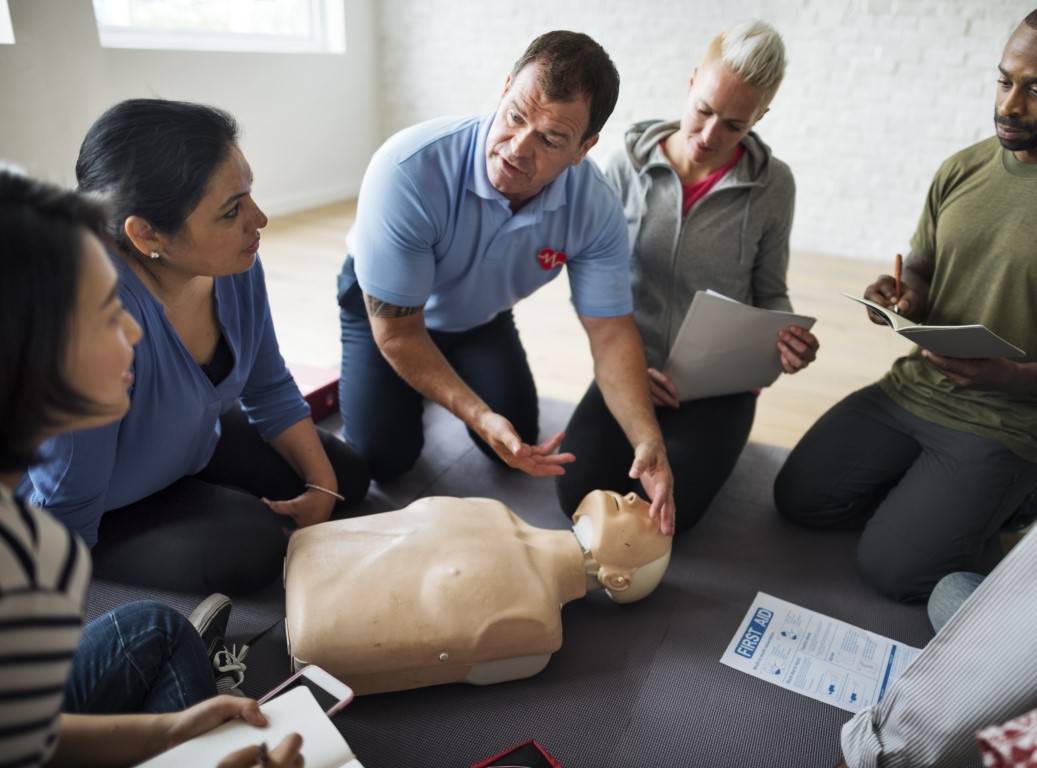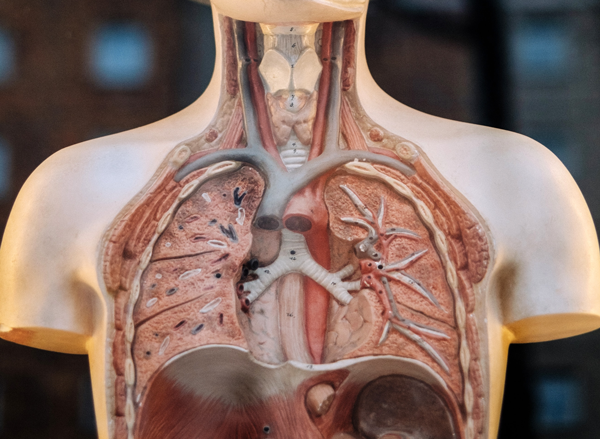CPR Training Courses for Businesses
Comprehensive consulting and ongoing training
Comprehensive consulting and ongoing training
CPR saves lives, literally. And while it takes a little training to understand how to perform it correctly, just about anyone can learn. Unfortunately, less than 20% of Americans are prepared to perform this life-saving procedure in the event of an emergency. Because of this lack of knowledge about CPR, countless people of all ages die every year who could have been saved if someone around them had known what to do.
For all these reasons, Physician’s Resource offers comprehensive first aid and CPR training classes for workplaces and other organizations to ensure that all of their employees know what to do in the event of an emergency. Not only do CPR classes create safer workplaces, they create healthy communities. Keep reading to learn more about our CPR training courses and how they can benefit your workplace.
While CPR training certification for businesses is not required by the government, many employers, especially those in the healthcare industry, choose to require it for their employees. By doing so, they perform a valuable service in the workplace, their employees homes, and the greater community. To understand why, let’s take a look at some facts about CPR provided by the American Heart Association.
When somebody’s heart stops, also known as going into cardiac arrest, it is vital that it gets started again as soon as possible (for obvious reasons). This generally requires that they be shocked with a defibrillator or give adrenaline by an EMT. However, the intervening minutes between when the cardiac arrest happens and when medical staff arrive on the scene are crucial. It only takes 5 to 6 minutes of cardiac arrest for a patient to undergo brain damage. Once brain damage begins, permanent death can occur within minutes.
Because of this, 9 out of 10 cardiac arrests which occur outside of a hospital are fatal. In the United States, there are 350,000 cardiac arrests outside of hospitals every year. If CPR is correctly administered within the first few minutes of a cardiac arrest, however, it can double or even triple a patient’s chances of survival.

Cardiopulmonary resuscitation, better known as CPR is a medical procedure uses repeated chest compressions to move blood to the heart and brain during cardiac arrest or any other event that leads to stopped or severely impaired cardiac function.
To perform CPR, the American Heart Institute recommends that individuals press the center of the victim’s chest at a frequency of 100 to 120 beats per minute. You may have heard the common suggestion of doing chest compressions to the beat of “Stayin’ Alive” by The Bee Gees. This is a great way to track your timing!
Though it is often thought that you must use mouth-to-mouth breathing when performing CPR, this is no longer considered to be the best practice. Time spent breathing in the victim’s mouth takes away from chest compressions. In fact, CPR recipients actually receive more oxygen from ambient air than they do from mouth-to-mouth breathing. Modern CPR courses recommend “compression-only” or “hands-only” CPR for this reason.
Although this may sound simple enough, there are other factors that can complicate things. It may not be obvious when to do CPR, administer a defibrillator, or remove a blockage. Additionally, CPR can be slightly different if the patient is very old or very young.
Physician Resource’s first aid CPR training courses make it as easy as possible for your employees to understand how and when to perform CPR, empowering them to save lives at work and in their communities. We’ll come to your office and teach a course at a time that works for your schedule. During our CPR classes, we cover every aspect of CPR through in-depth classroom discussion and hands-on practice.
All of our trainers have CPR training certificates from the American Heart Association and are up to date on the latest emergency first aid practice. Per the American Heart Association, our CPR certification is good for two years until it needs to be renewed.
Even for people who have previously taken CPR training classes, it is important for them to refresh their certification every two years to make sure they know the latest guidelines and have an opportunity to practice their technique. After all, if someone is in an emergency situation where CPR is necessary, being in practice can mean the difference between life and death. Upon completion of the Physician’s Resource CPR course, all participants will be given a letter for continued education credits.
Our courses cover:
CPR is a vital procedure for anyone experiencing cardiac arrest or otherwise experiencing severely impaired heart function. Contrary to popular belief, this is not just something that older people experience. Young adults, children, and even babies can go into cardiac arrest and require CPR. Other situations that may necessitate CPR can include drowning, drug overdoses, serious allergic reactions, and some traumatic injuries.

If you recognize that someone has gone into cardiac arrest because they are unresponsive or gasping for air, here are some quick steps to take before you perform CPR:
First, call 9-1-1. If there is someone else around, instruct them to do it in order to save time, otherwise quickly do it yourself.
Next, look for and administer an automatic external defibrillator (AED) following the instructions on the device.
Once those two things have been taken care of, it’s time to perform CPR until medical professionals arrive. If there is someone else present who knows CPR, alternate with them every few minutes to avoid fatigue. CPR is extremely taxing when performed correctly.
If your company requires CPR certification for its employees, or you just want to create a safer, healthier workplace, Physician’s Resource is here to help. You can take steps to protect your employees and community today by scheduling one of our CPR training classes for your workplace by calling 1-800-615-1729.
It just might save someone’s life!

503-654-8788
1-800-615-1729
